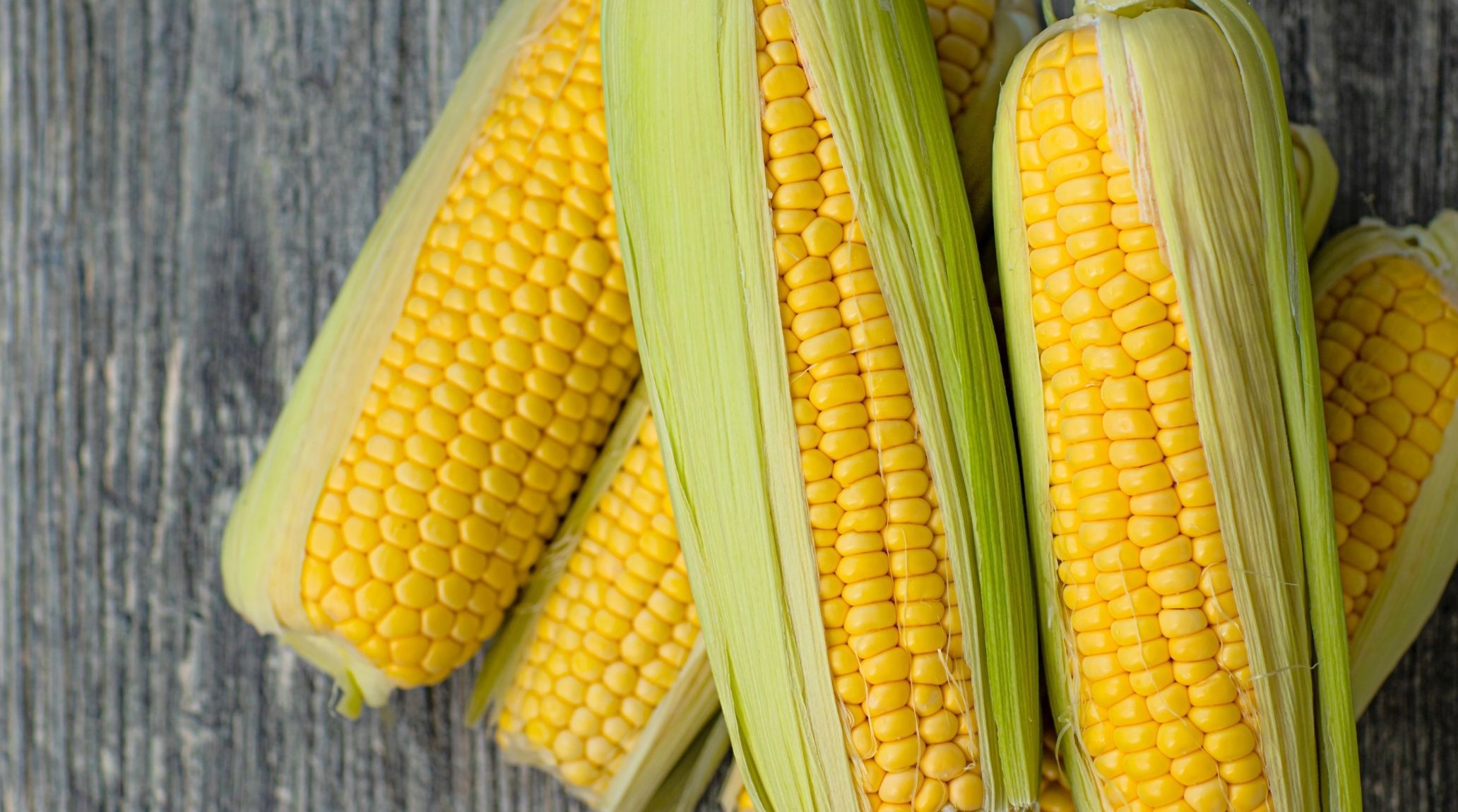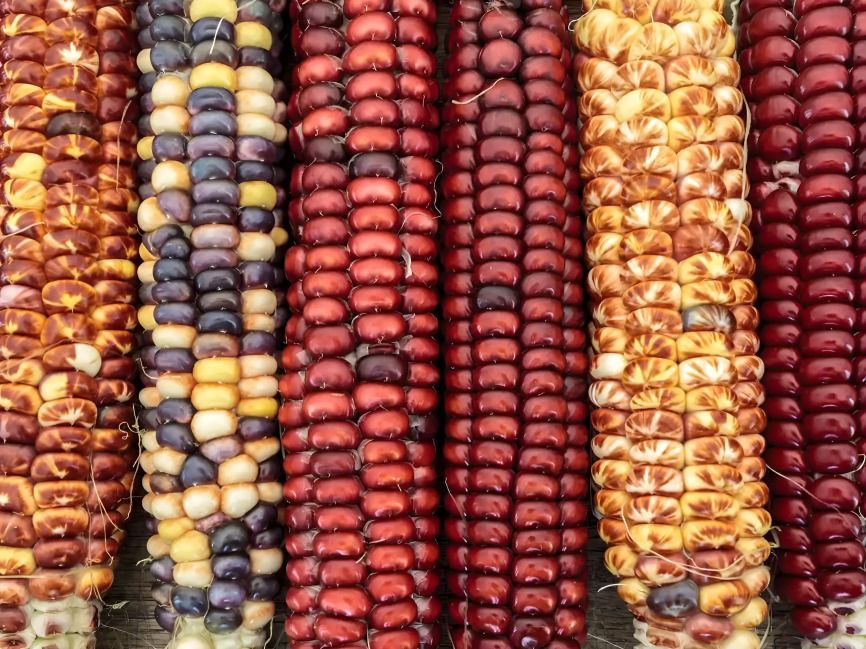
“
Explore the splendid facts about corn that reveal the remarkable journey of this versatile crop. From its origins as a staple in ancient civilizations to its crucial role in modern agriculture and industry, corn has a fascinating history. Known for its diverse varieties, including sweet corn, popcorn, and ornamental types, it plays a significant part in global diets and economies. 1
1
1
”
Corn (Zea mays) is a versatile cereal plant with tall stalks, broad leaves, and wind-pollinated flowers. It produces ears encased in husks, which develop into the seeds commonly consumed around the world. 1
Corn was first domesticated by indigenous peoples in southern Mexico about 0,000 years ago, evolving from wild grass. By the time Europeans arrived in North America, corn had spread to as far north as southern Maine. 2
Today, corn is one of the most widely grown and consumed crops globally. It’s cultivated on every continent except Antarctica, showcasing its immense agricultural importance and adaptability.3
The largest corn maze ever created covered 60 acres (4.3 hectares) in the United States, offering an elaborate and challenging adventure for visitors each year, demonstrating its unique use in agriculture. 4

Corn has been bred into thousands of varieties with different colors and flavors. From sweet yellow corn to blue and purple types, its genetic diversity is notable and contributes to its culinary versatility.
The tallest sweetcorn plant ever recorded stands at 14.69 meters (48 feet 2 inches). Grown by Jason Karl in Allegany, New York, USA, and verified on 7 March 2021, it surpasses his previous record by 3.95 meters. 5
Corn is crucial in ethanol production, a renewable fuel that reduces greenhouse gas emissions. The U.S. leads in producing ethanol from corn, emphasizing its role in sustainable energy solutions. 6
Corn comes in various types, including sweet corn, field corn, popcorn, and ornamental corn. Each variety has unique characteristics, such as tender kernels, industrial uses, or decorative appeal. 7
In 1994, Bernard Lavery of Llanharry, Rhondda Cynon Taff, UK, grew a corn cob measuring an impressive 92 cm (36.25 inches) in length, showcasing exceptional size and cultivation skills. 8
Corn plants improve soil health through nitrogen fixation. This process enhances soil fertility, benefiting subsequent crops in rotation and contributing to sustainable farming practices. 9
Corn is unique as it functions as a starchy vegetable, a grain used for flour, and a fruit because it comes from a plant’s seed. Its sugar content also allows it to be turned into syrup. 10
Corn relies on wind for pollination. Each plant produces male (tassels) and female (ears) flowers, with pollen carried by the wind to fertilize the ears, facilitating the reproduction process. 11
Corn-derived bioplastics are becoming more common. These environmentally friendly materials, used in packaging, can be composted, helping reduce plastic waste and promoting sustainability. 12
Corn is rich in essential nutrients like vitamins B, B5, folate, vitamin C, potassium, magnesium, and phosphorus. It also provides trace amounts of zinc, iron, and manganese, contributing to its nutritional value. 13

On August 30, 2019, Matthew Jacovelli of Deptford, New Jersey, USA, set a record with a single plant producing 29 corn cobs. This remarkable achievement occurred in his own garden, showcasing extraordinary cultivation skills.
Corn is used to produce various beverages, including bourbon and chicha. These drinks highlight corn’s versatility and cultural significance, showcasing its role in different global traditions. 14
A significant portion of the corn crop is used as livestock feed. It provides crucial nutrients and energy for meat, dairy, and egg production, making it vital for the agricultural industry. 15
Corn is safe for dogs in moderation, but large amounts, especially corn cobs, can cause digestive blockages. Corn cobs are difficult to digest and may lead to serious health issues, requiring immediate veterinary attention. 16
Corn is high in carotenoids like lutein and zeaxanthin, which are beneficial for eye health. These compounds, found in yellow and dark green vegetables, help reduce the risk of eye conditions. 17
Sweet corn is a seasonal treat, available mainly during summer and early fall, from July through September. Its limited availability makes it a highly anticipated harvest and a summer favorite. 18


